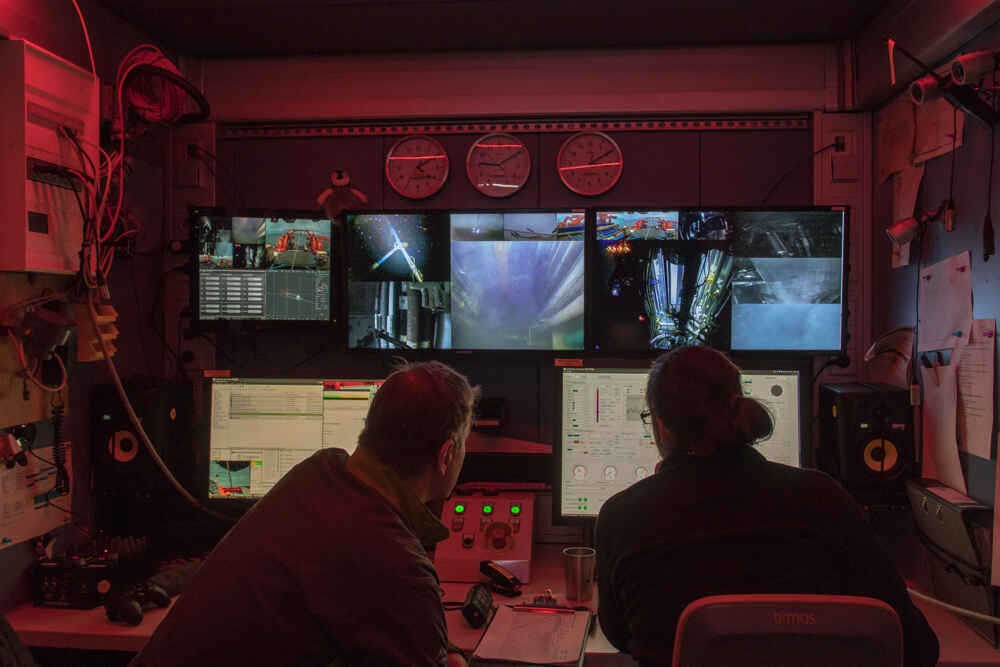THE LATEST
Antarctic ice sheet reveals secrets during supercomputer simulations, prompting concerns

The recent unveiling of groundbreaking insights into the formation and evolution of the Antarctic ice sheets has sparked concerns and contemplation over the future stability of Antarctica's icy expanse. The British Antarctic Survey (BAS) and the Alfred Wegener Institute Helmholtz Centre for Polar and Marine Research (AWI) collaborated to shed light on the origins of the East and West Antarctic ice sheets. Their efforts have raised critical questions about the precarious balance of our planet's climate system.
Researchers used unique geological samples and sophisticated supercomputer modeling to delve deep into the Antarctic past, meticulously dissecting the spatial and temporal nuances of the ice sheet's inception. The revelations challenge conventional wisdom and unravel the complexities of Antarctica's climatic history.
Of paramount significance is the revelation that the permanent glaciation of Antarctica commenced approximately 34 million years ago, marking a crucial juncture in Earth's climatic evolution. The supercomputer simulations revealed an intricate tale of ice sheet advancement from East Antarctica toward the West Antarctic coast over several million years.
Analysis of sediment core samples recovered from the depths of the Amundsen Sea in West Antarctica revealed that East Antarctica was the cradle of initial glaciation, serving as the birthplace of the continent's ice-covered landscape. Astonishingly, it was not until millions of years later that the icy tendrils of the advancing glaciation crept toward the western extremities of Antarctica, leaving a staggered mark on the continent's topography.
The implications of these findings echo concerns over the vulnerability of the West Antarctic Ice Sheet to climate change. The discovery that the formation of the West Antarctic Ice Sheet occurred under cooler conditions than previously hypothesized has raised alarm bells regarding its susceptibility to even marginal temperature elevations, fostering a sense of impending instability.
Supercomputer simulations have played an instrumental role in guiding researchers through the labyrinth of Antarctica's climatic past and potential future trajectories. By synthesizing diverse datasets on air and water temperatures, ice occurrence, and the interplay of climatic forces, these simulations have provided a nuanced understanding of how the Antarctic ice sheets responded to climatic drivers through time.
This newfound knowledge carries profound implications for the broader climate discourse, guiding the refinement of climate models and enriching our understanding of the intricate interactions between ice, ocean, and atmosphere. The scrutiny of the East and West Antarctic ice sheets' responses to external climate stimuli illuminates the intricacies of our planet's cryospheric dynamics and emphasizes the need for a holistic understanding of these systems for informed decision-making.
In light of the specter of a warming world, these findings call for a reevaluation of our approach towards Antarctic conservation and the preservation of our planet's cryospheric integrity. The international research consortium's efforts have broadened our understanding of Antarctica's climatic past and furnished invaluable insights pivotal for navigating the climatic challenges ahead.
In conclusion, the delicate dance between past, present, and future Antarctic ice sheets, unraveled through the lens of supercomputer modeling, underscores the imperative for concerted global action in safeguarding Antarctica's icy heritage. The journey from the dawn of the Antarctic ice sheets to the uncertainties of their future trajectories serves as a reminder of the fragility of our planet's polar realms and the pivotal role we play in shaping their destiny. The publication of the research findings invites us to ponder our climate legacies and fortify our resolve to steward Antarctica's icy expanse with vigilance, empathy, and unwavering dedication in the face of an uncertain climatic landscape.
